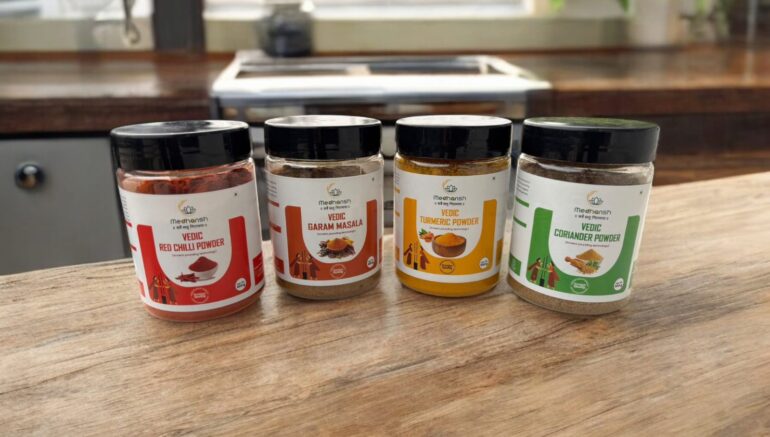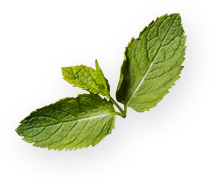
February 9, 2023
Red chili powder
- Made from: Dried red chili peppers, which are ground into a fine powder.
- Flavor: It adds heat or spiciness to dishes, with varying levels of intensity depending on the variety of chili used.
- Uses: It is commonly used to add spice to curries, stews, soups, and marinades. It can also be used in dry rubs for meats, vegetables, and even in snack foods.
- Nutritional Benefits: Red chili powder contains capsaicin, which can boost metabolism and is known for its anti-inflammatory and antioxidant properties.
Coriander Powder
- Made from: Ground coriander seeds, which come from the coriander plant (Coriandrum sativum). The seeds are small and round, and have a citrusy, slightly sweet flavor.
- Flavor: It has a mild, warm, and slightly sweet flavor with hints of citrus and spice.
- Uses: Coriander powder is a versatile spice used in many Indian dishes like curries, dals, and chutneys. It also appears in spice blends such as garam masala.
- Nutritional Benefits: Coriander powder is rich in antioxidants, vitamins, and minerals, and is known for its digestive and anti-inflammatory properties.
Turmeric Powder
Nutritional Benefits: The active compound in turmeric, curcumin, is known for its powerful anti-inflammatory and antioxidant properties. It is often used for its potential health benefits, including promoting joint health and supporting the immune system.
Made from: Dried and ground roots of the turmeric plant (Curcuma longa).
Flavor: Turmeric has a warm, earthy, and slightly bitter flavor with a mild peppery undertone.
Uses: It is widely used in curries, rice dishes, soups, and stews. Turmeric is also a key ingredient in spice blends like curry powder and garam masala.
Garam masala
Garam masala has a warm, aromatic, and slightly sweet flavor, with an earthy base and a subtle heat from the black pepper and cloves. It brings depth and complexity to dishes without being overly spicy.
Uses
Vegetables: Garam masala is commonly used in vegetable-based dishes, like aloo gobi or mixed vegetable curries.
Curries and Stews: Garam masala is often added towards the end of cooking to preserve its aromatic qualities.
Rice Dishes: It can be sprinkled on rice or biryani for extra flavor.
Soups and Stews: It can enhance the depth of flavor in broths and soups.






